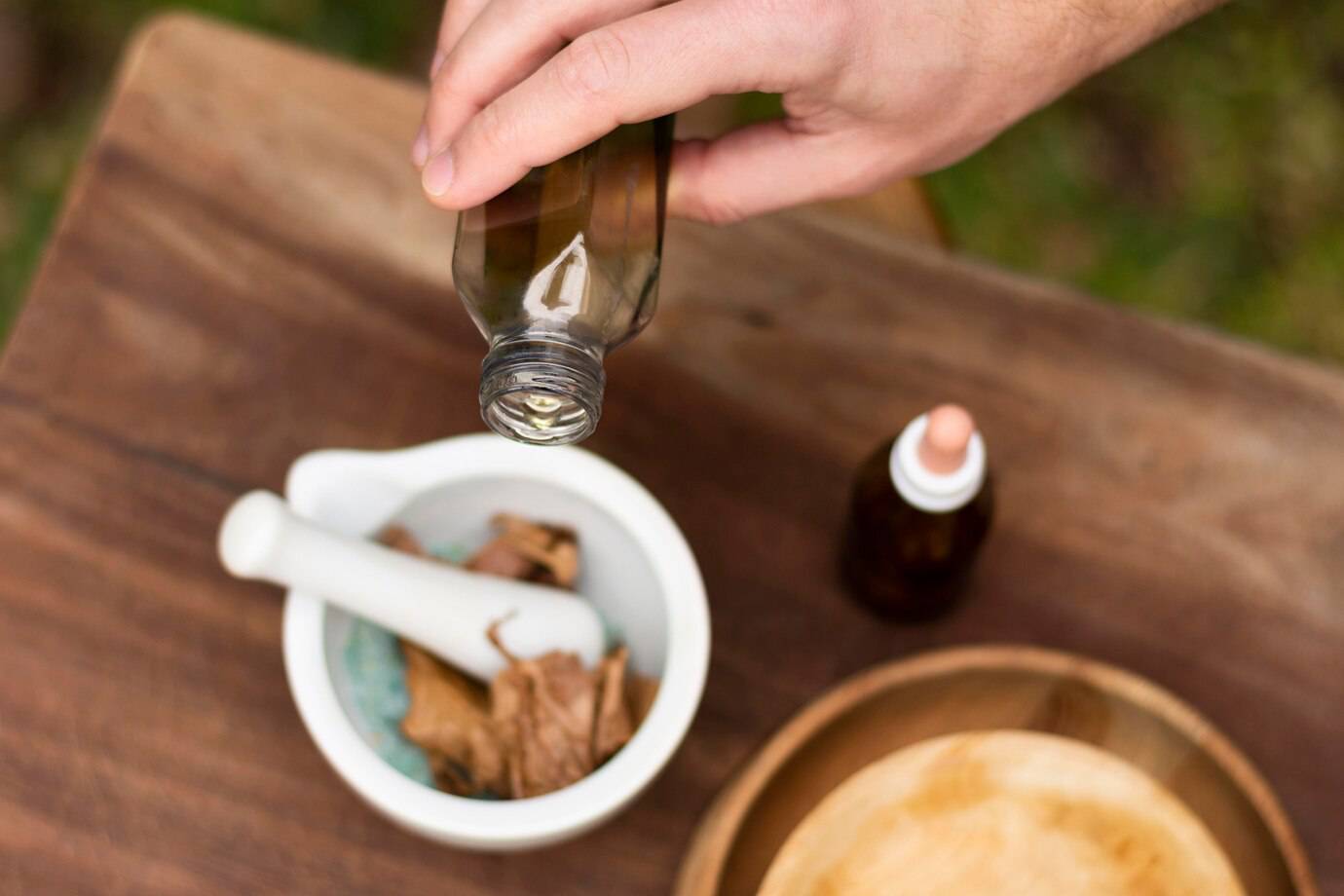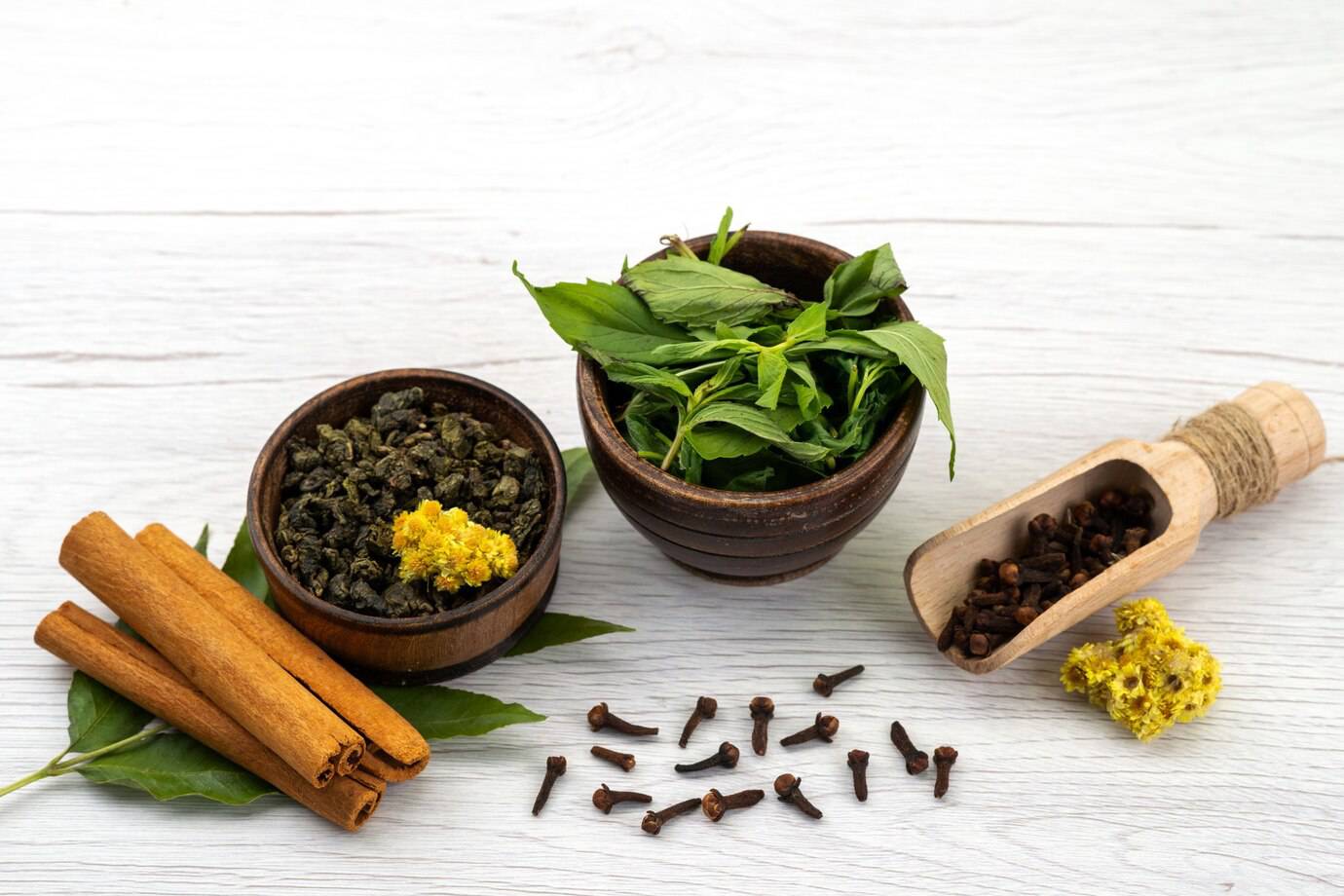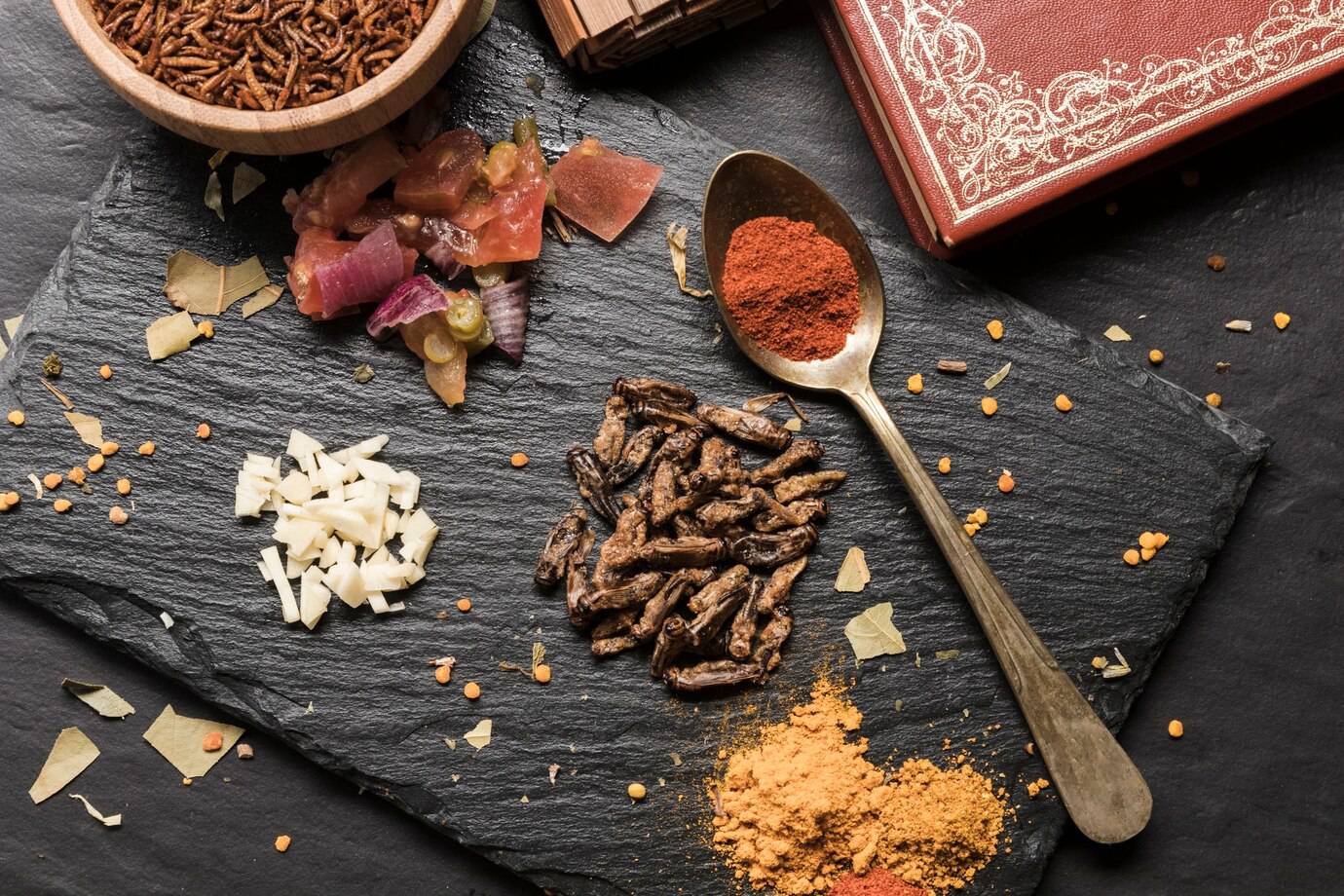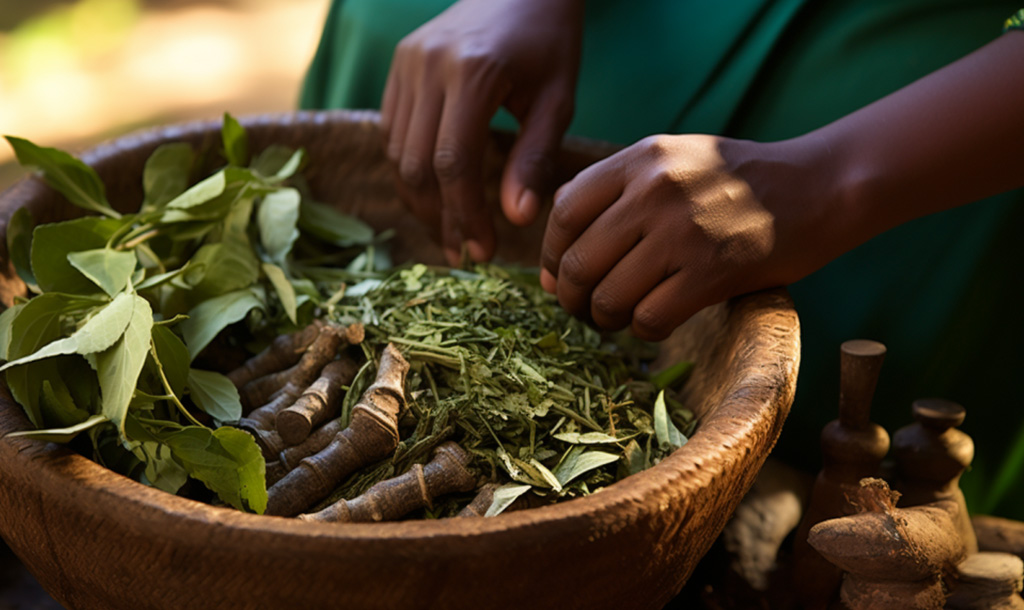
Unveiling the Secrets of Native American Healing Rituals
Imagine healing that doesn’t come in a bottle, but through smoke, song, ceremony, and spirit. For centuries, Native American healing has quietly preserved sacred knowledge of how to nurture spiritual wellness and restore balance. And now, as more people seek holistic ways to heal emotionally, physically, and energetically, these traditional rituals are being explored with deeper reverence.
This article takes you on a respectful journey into the healing traditions of Native American cultures, exploring sacred ceremonies, spiritual symbolism, and the healing power of nature. You’ll gain insight into ancient techniques such as sweat lodges, smudging, medicine wheels, and the role of healers like shamans or medicine men and women.
Whether you’re spiritually curious or actively seeking inner balance, you’ll walk away with a broader understanding of how these indigenous practices continue to offer relevant wisdom in today’s wellness world.
Understanding Native American Healing: A Holistic Philosophy
More Than Just the Body
At the heart of Native American healing is a belief in treating the whole person — mind, body, spirit, and connection to the earth. Illness is seen not just as a physical issue, but often as a disruption in harmony with nature or community.
Traditional healers believe that:
- Every living being has a spirit
- Healing requires alignment with the natural world
- Emotional or spiritual distress manifests physically
This approach mirrors other ancient systems like Ayurveda or Chinese medicine, but with its unique symbology, tools, and cultural roots.
Respect for the Sacred
Healing rituals are not quick fixes — they’re sacred ceremonies performed with deep intention. Many are tied to tribal customs, seasons, and lunar cycles. They are passed down through oral traditions, guarded by elders and medicine people.
Authenticity, humility, and spiritual preparation are essential when engaging with or learning about these sacred rites.
“Healing is about restoring harmony with yourself and the universe. The earth, water, fire, and wind — they all speak.” — Elder Ben Redhawk
Key Native American Healing Rituals and Practices
1. The Sweat Lodge Ceremony
One of the most well-known rituals is the sweat lodge, a dome-shaped structure covered with animal hides or blankets. Inside, water is poured over hot stones to create steam, symbolising purification and rebirth.
Benefits include:
- Physical detoxification through sweating
- Emotional catharsis
- Spiritual vision and clarity
The ritual is often guided by a medicine person who chants prayers and calls in the Four Directions.
2. Smudging: Clearing Energetic Debris
Smudging involves burning sacred herbs — usually sage, sweetgrass, or cedar — to cleanse spaces, people, or objects of negative energy.
How it works:
- The smoke is fanned using a feather or a hand
- Participants focus on intention (e.g., releasing fear or welcoming peace)
- It’s often used before or after a ceremony, or during periods of change
Smudging has entered mainstream wellness circles but should be practised with cultural respect and understanding of its spiritual significance.
3. The Medicine Wheel: A Symbol of Wholeness
The medicine wheel represents life’s interconnected cycles — the four directions, seasons, stages of life, and elements.
Each quadrant is linked to specific traits:
- East: Spring, birth, air, new beginnings
- South: Summer, youth, fire, passion
- West: Autumn, adulthood, water, introspection
- North: Winter, elder years, earth, wisdom
Walking or meditating on the wheel can reveal personal imbalances or insights. It’s often used in vision quests or personal healing work.
The Role of the Medicine Person

Keeper of Stories, Songs, and Souls
A medicine man or woman is not just a healer but a spiritual guide, counsellor, and elder. Their wisdom comes from years of apprenticeship and community service.
They may use:
- Herbal medicine
- Energy healing and prayers
- Spirit animal guidance
- Storytelling and ritual
Healing is often ceremonial, intuitive, and symbolic, with the medicine person serving as a conduit between the physical and spiritual realms.
“The medicine path is a lifelong calling. It’s not something you learn from books. It’s something the land teaches you.” — Marie Two Rivers, Lakota healer
Ancestral Lineage
Unlike commercial healers, true medicine people inherit knowledge from elders or are chosen by community spirit leaders. Their integrity, humility, and service matter more than titles or fame.
Healing Through Nature and Spirit Animals
Connection to Land and Elements
Nature is more than scenery — it’s a living ally. Native healing rituals often involve:
- River cleansings
- Fire circles
- Sacred mountains or canyons as pilgrimage sites
Being in nature restores your energetic resonance with the Earth, which is crucial for healing trauma, grief, and stress.
Spirit Animals and Totems
Many tribes believe we are born with or are guided by spirit animals — symbolic creatures that reflect our inner nature or teach lessons.
Examples:
- Bear: Strength, introspection
- Owl: Wisdom, truth-seeking
- Deer: Gentleness, compassion
During healing, vision quests, or dreams, these animal guides may appear to offer protection, messages, or medicine.
How Native American Healing Aligns With Modern Wellness
Emotional and Spiritual Healing
Many modern ailments are emotional in origin — stress, burnout, anxiety. Native rituals address these by:
- Encouraging self-reflection
- Promoting connection and community
- Releasing stored emotional pain
Sweat lodges and medicine wheel meditations can be as effective as mindfulness or cognitive techniques when facilitated respectfully.
Explore integrative healing further in The Art of Hilot: Filipino Traditional Healing .
Complementary to Other Practices
Native healing can complement:
- Reiki and energy medicine
- Chakra work and meditation
- Somatic therapy
It’s not about cultural appropriation, but cultural appreciation — when practised with permission, understanding, and reverence.
Real-Life Stories: Healing the Spirit

Sarah’s Story: From Burnout to Balance
After leaving a high-stress job in New York, Sarah travelled to Arizona and was invited to a guided sweat lodge. She recalled:
“I wept for the first time in years. The heat, the chanting — it was like my soul had room to breathe again.”
Since then, she has returned to smudging and working with the medicine wheel during new moons.
Joseph’s Journey: Connecting With His Roots
A young Native American raised in the city, Joseph struggled with identity and addiction. He began attending tribal ceremonies and speaking with elders.
“I didn’t need fixing. I needed remembering. The rituals helped me return to who I am.”
These stories illustrate that true healing is not linear — it’s cyclical, sacred, and uniquely yours.
Practising With Respect and Reverence
Avoiding Cultural Appropriation
While many find value in Native rituals, it’s crucial to:
- Learn from Indigenous teachers or approved programs
- Credit the tribes and traditions
- Avoid commodifying sacred practices
If you’re drawn to smudging, for example, learn its deeper meaning. Don’t just light sage for aesthetics — use it to connect with intention and humility.
Starting Your Journey
Ways to engage respectfully:
- Attend an Indigenous-led ceremony
- Read books or teachings from Native authors
- Support Native artisans and healers
You can also blend this with emotional healing tools like journaling — see How to Use Journaling for Emotional Healing.
Conclusion: Walking the Healing Path With Integrity

The ancient rituals of Native American healing offer timeless insight into what it means to live well, not just physically, but spiritually. In a world often disconnected from nature and each other, these traditions gently remind us to slow down, listen, and reconnect.
Whether through a sweat lodge, a moment of smudging, or quiet reflection with the medicine wheel, you’re invited to see healing as a sacred, relational act.
Feeling inspired? Start by learning about the tribes in your area. Read Native stories. Reflect with intention. Or explore a ceremony guided by Indigenous voices.
Have you ever experienced a traditional ritual? Share your thoughts or story in the comments — and let’s honour this legacy together.


